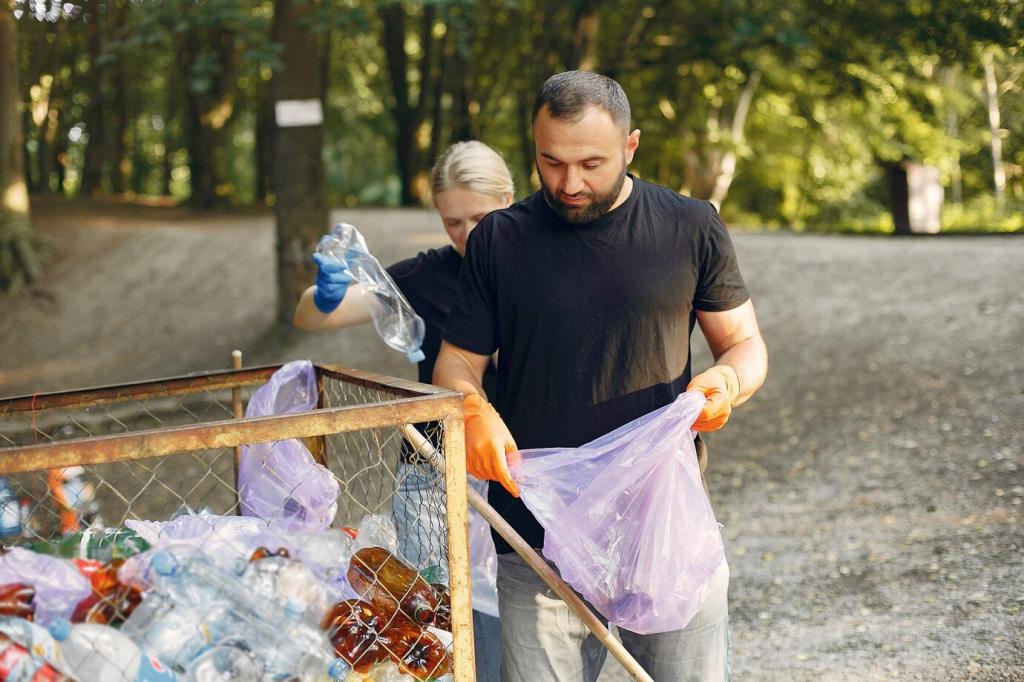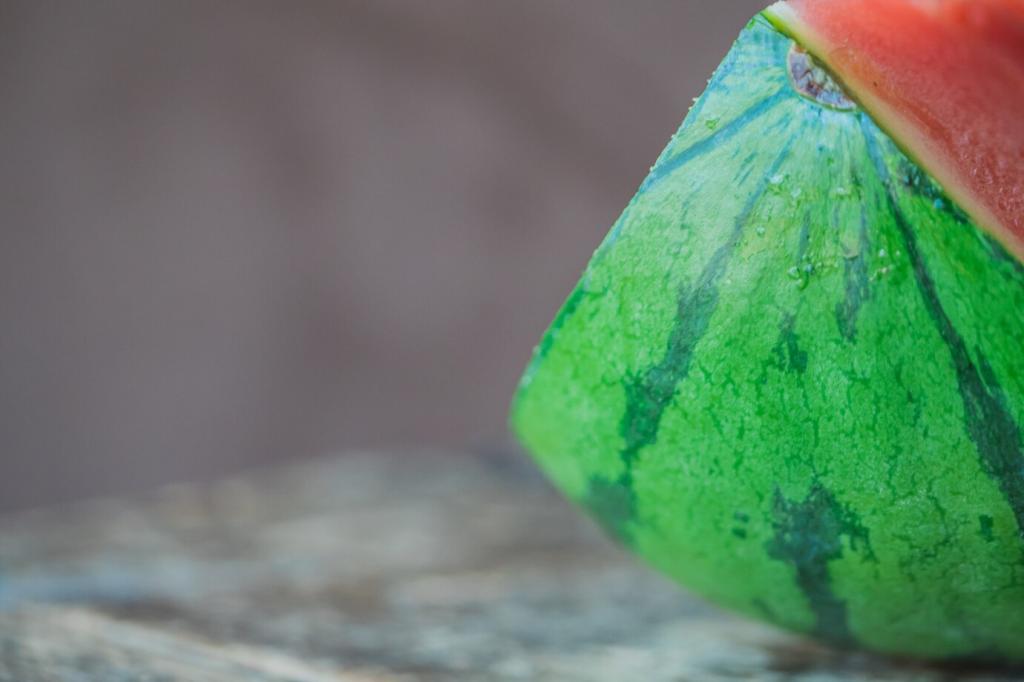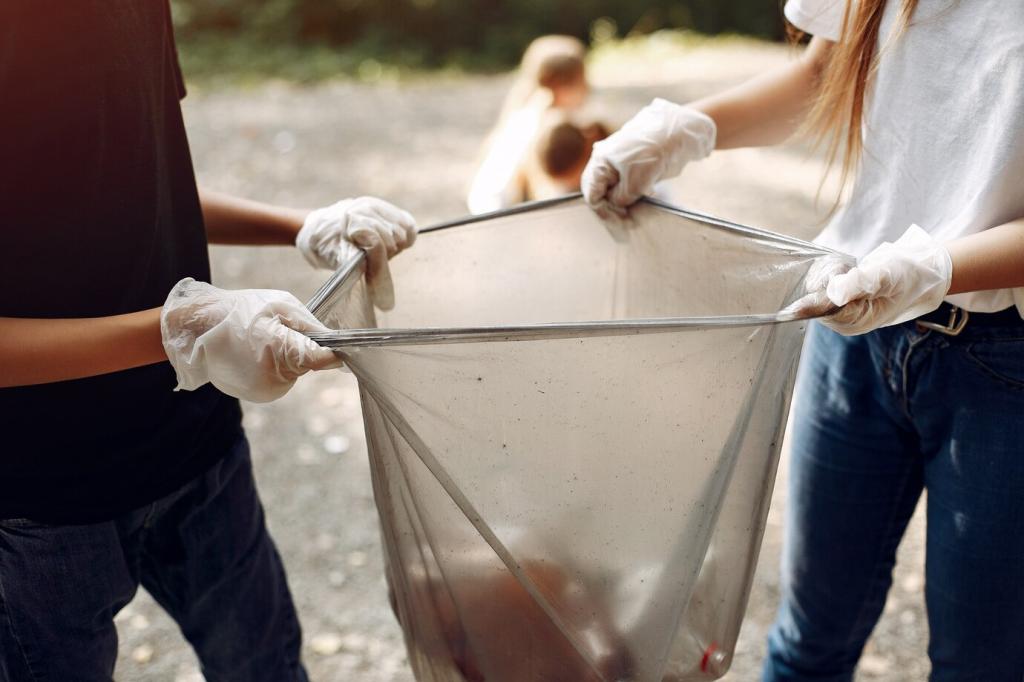DIY Composting Tips for Beginners
Understanding the Basics of Composting
Decomposition is at the heart of composting, driven by organisms like bacteria, fungi, and larger creatures such as worms and insects. These decomposers break down organic matter by feeding on food scraps, leaves, and other natural materials. As they consume these items, they produce heat, carbon dioxide, and a mixture of nutrients that enriches the final compost product. The best composting environments balance air, moisture, and food sources for these organisms to flourish. Too much of any one input can disrupt the balance and cause problems like foul odors or incomplete breakdown. By understanding how decomposition works, you can create the optimal conditions that make composting successful.
Selecting the right materials is crucial for successful composting. Generally, compost bins thrive on a mix of ‘greens,’ such as vegetable peels, coffee grounds, and fresh grass clippings, and ‘browns,’ like dry leaves, shredded paper, and cardboard. Avoid adding meats, dairy, and oily foods, as they can attract unwanted pests and disrupt the decomposition process. Stick with plant-based kitchen scraps and yard waste for best results. Ensuring a good balance between greens and browns aids in creating the right level of moisture and aeration, both necessary for the compost pile to heat up and break down efficiently. The better you understand and follow these guidelines, the healthier your compost will be.
There are several methods suitable for beginners, including traditional outdoor compost piles, compost bins or tumblers, and indoor options like worm bins. Each has its own advantages and considerations. Outdoor piles work well if you have ample space, while enclosed bins are more manageable for small yards or urban settings. Worm bins, or vermicomposting, are excellent for apartments and those concerned about odor or pests. Understanding these options allows you to choose a method that fits your lifestyle and available space. The most important aspect is finding a system you can maintain easily and enjoy using.

Selecting the Right Location
Where you place your compost bin or pile plays a significant role in your composting success. Pick a spot with good drainage to prevent waterlogging, but one that also remains somewhat shaded, since full sun can dry out the pile too quickly. It’s helpful to have the compost bin close to your kitchen or garden, so adding scraps and collecting finished compost is convenient. Make sure there’s enough airflow around the area to prevent unpleasant smells from lingering, and avoid placing it too close to the house or fence lines where pests could cause issues. Choosing the ideal location ensures your composting process stays manageable and effective.
Building the Compost Structure
Your compost setup doesn’t need to be complicated. You can buy a ready-made bin or easily build a structure using pallets, wire mesh, or a simple container. The most important things are to have sufficient size for effective heat retention and access for turning the materials. If you’re making your own, make sure the sides allow some airflow while keeping materials contained. A cover or lid helps control moisture and keeps animals out, though it should still let rain and air in as needed. The structure should be robust enough to withstand regular use and weather conditions over time, making maintenance easier in the long run.
Maintaining Your Compost for Best Results

Turning the Compost
Aeration is critical to the composting process. By turning or mixing your compost pile regularly, you introduce oxygen to the decomposers and ensure that materials break down evenly. How often you turn the pile depends on your setup and the materials you’re composting, but generally, doing so every week or two speeds up decomposition. Turning also prevents compaction and reduces the risk of foul smells caused by anaerobic activity. For bins or tumblers, simply rotate or stir as recommended in the user manual or with a garden fork. Regular aeration is essential for creating crumbly, earthy compost ready to use in your garden.

Monitoring Moisture Content
Keeping compost damp but not soggy is another key to success. The materials in your pile should feel like a wrung-out sponge when squeezed. If the pile becomes too dry, decomposition slows down; too wet, and you may encounter foul odors or slimy, rotting material. If your compost is dry, lightly sprinkle water as you turn it. If it’s wet, add more dry browns and turn to let air move through. Monitoring moisture is a simple task but one with significant impact on the speed and quality of the finished compost. Your senses—sight, touch, and smell—are the best tools for determining what your pile needs.

Spotting and Correcting Common Problems
Beginners may face issues such as odors, slow composting, or unwanted pests. Bad smells often indicate too many greens or excess moisture, while slow breakdown can come from insufficient nitrogen or lack of aeration. Recognizing these problems early lets you take corrective action by adjusting the balance of greens and browns, turning more frequently, or relocating the bin if needed. Staying attentive to your compost helps maintain the right conditions, and small issues are usually easy to resolve with basic adjustments. Don’t get discouraged—problem-solving is a normal part of composting and helps you gain valuable experience.
